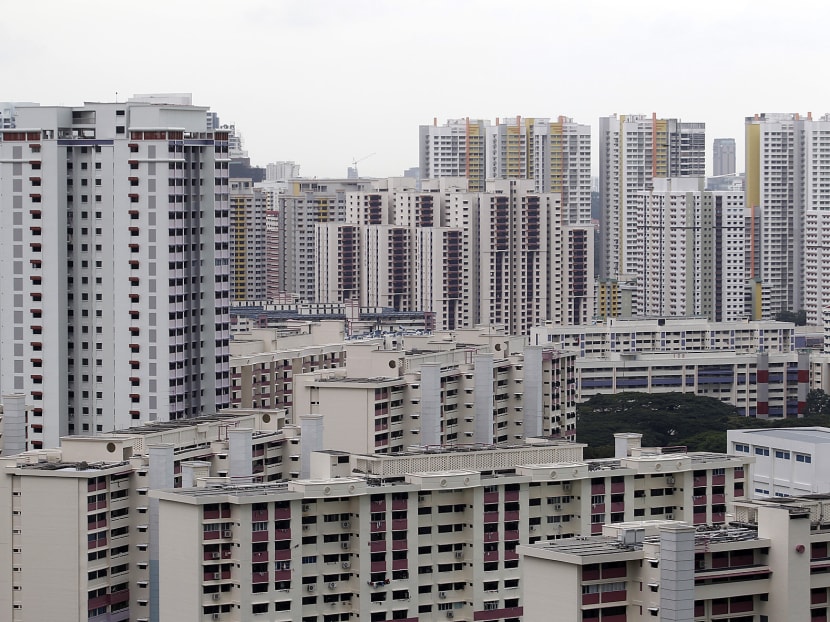Spike in applications for lease buyback scheme after changes
SINGAPORE — Enhancements to the Lease Buyback Scheme (LBS) have garnered greater interest from a bigger pool of eligible home owners, with the number of participating households potentially increasing by about 50 per cent.
SINGAPORE — Enhancements to the Lease Buyback Scheme (LBS) have garnered greater interest from a bigger pool of eligible home owners, with the number of participating households potentially increasing by about 50 per cent.
In the two months since the scheme was enhanced on April 1, 450 households have applied and close to half of them are owners of four-room flats. If all are successful, this will be a 50 per cent increase over the 965 households currently in the LBS, said National Development Minister Khaw Boon Wan in a blog post yesterday. It takes about three months to complete an application for the scheme.
The scheme allows elderly homeowners to monetise the tail end of their flats’ leases by selling it to the Government. The recent enhancements include extending the scheme to four-room flats, raising the income ceiling from S$3,000 to S$10,000, offering varying leases instead of a standard 30-year lease to be retained, and allowing households with two or more owners to get more upfront cash.
Of the new applicants, Mr Khaw said nearly half, or 214, are four-room flat owners. Only 7 per cent of the new applicants have a monthly income exceeding S$3,000, while households with two or more owners make up 50 per cent of applicants, compared with 33 per cent of existing LBS households.
Property experts said the robust response in the wake of LBS changes were not surprising, as many four-room flat owners were interested in but previously ineligible for the scheme. The changes not only increased the potential pool of applicants, but made the scheme more attractive, said Mr Nicholas Mak, executive director of research and consultancy at property firm SLP International. But he added that initial interest in the wake of changes is usually high because of “pent-up demand”.
There is better awareness now of the LBS, launched in 2009, through outreach efforts in the mass media, said Mr Eugene Lim, key executive officer of real-estate firm ERA.
People are now open to using this method to monetise their flats, perhaps because their grown-up children already have homes of their own or because their worries about living beyond their flats’ leases have been assuaged, said Mr Lim.
In his blog post, Mr Khaw also brought up his ministry’s ongoing review of the studio apartment and two-room flat schemes — something he first mentioned during this year’s Committee of Supply debate. The two flat types have similar layouts and sizes, but studio flats are cheaper because of their shorter lease.
At that time, Mr Khaw had said both schemes could be unified, with terms introduced to cater to different needs. “We will see if the schemes can be restructured while continuing to serve our residents’ needs,” he said yesterday.
Property analysts said this could be a sign that the authorities are closer to a solution. Possibilities include having a longer lease option for studio apartments, or even scrapping the studio-apartments scheme and giving elderly buyers of two-room flats a grant to install elderly-friendly features, they said.







